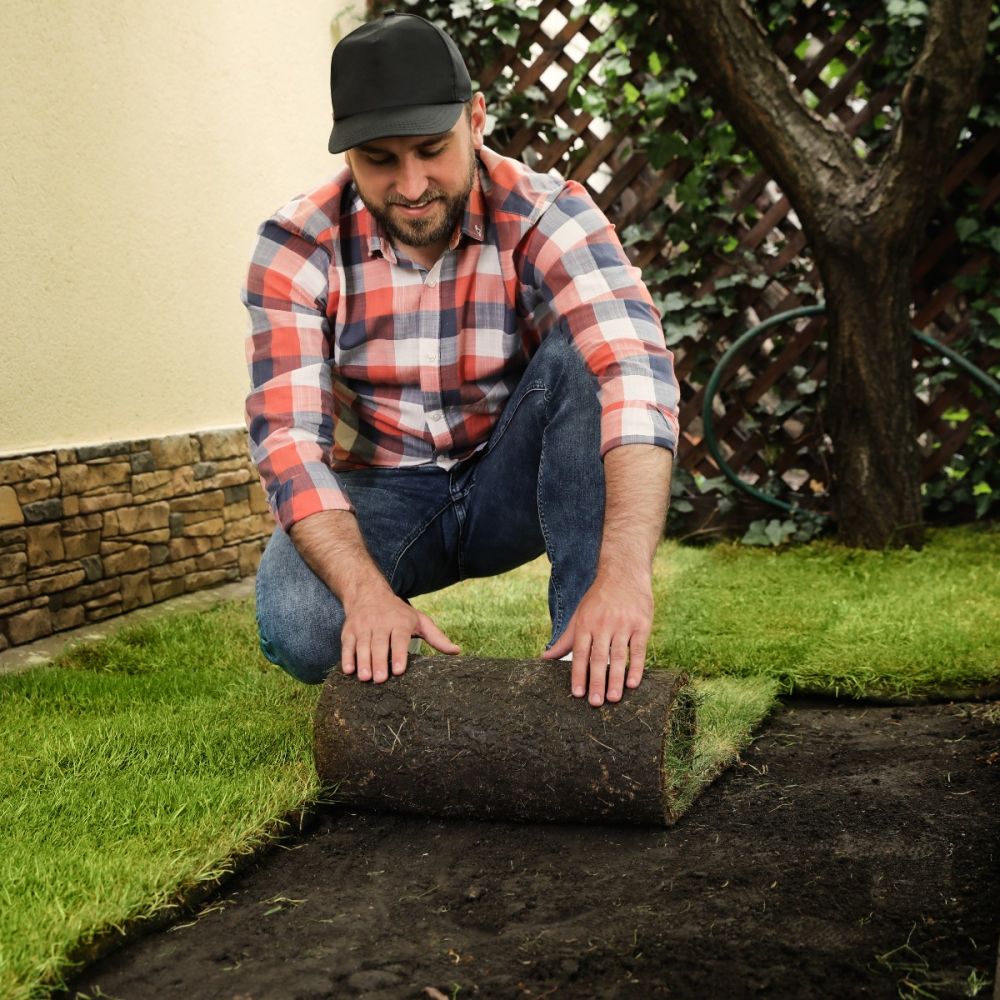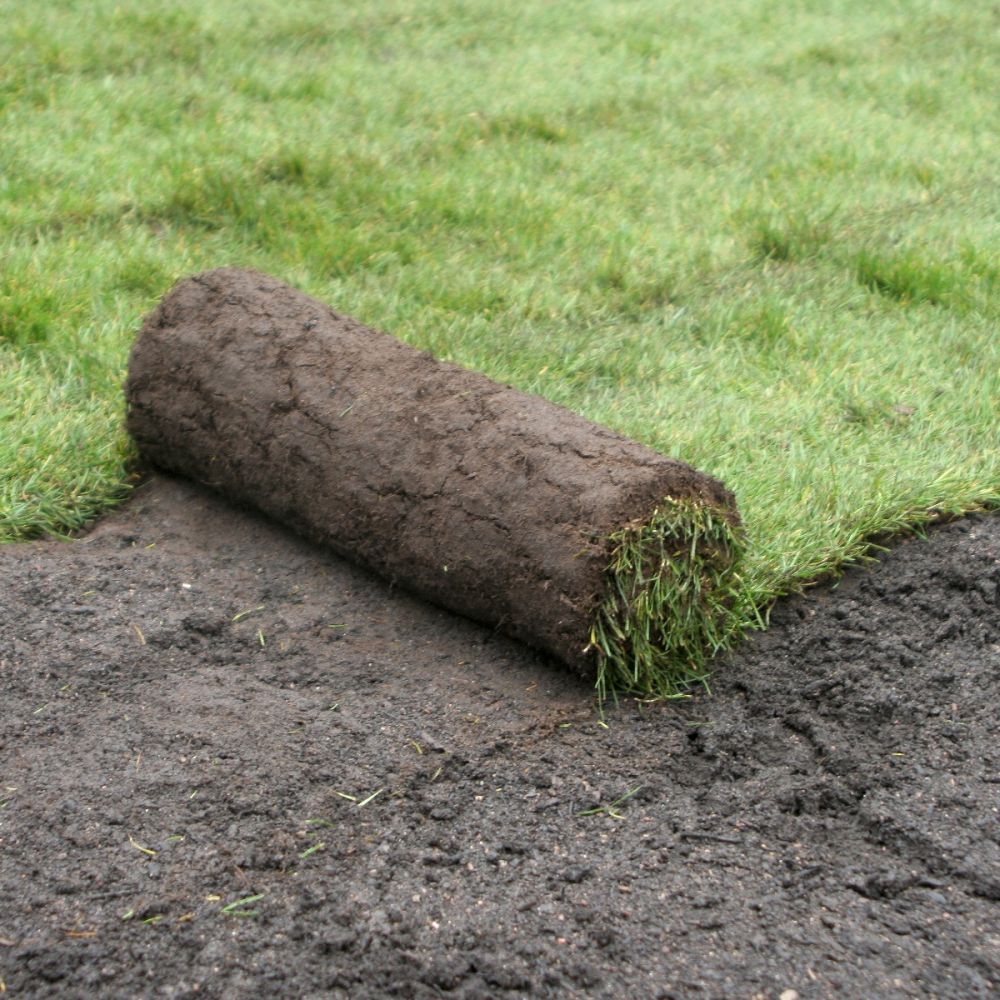Sod

Should I seed or sod?
When establishing a new lawn, a common question asked is, “Should I seed or sod?” Both have advantages and disadvantages. With new establishments, there are three important steps to consider:
1. Selecting the turfgrass
2. Preparing the site
3. Caring for the new lawn
Timing and site-specific conditions may also influence your decision. For example, sodding will provide an immediate lawn to protect the soil if the site is susceptible to erosion, but it is more expensive than seeding.
Would you like our team to install the sod?
The Pros and Cons
The most important difference between seeding and sodding is the time necessary for developing a mature or durable turf. Here are some of the advantages and disadvantages of each establishment method.
Seeding: Advantages
* More grass species and varieties to choose from
* Less expensive than sodding
* Stronger root system development initially and long term
* No layering of soil types to cause rooting problems
Seeding: Disadvantages
* Initial establishment is takes more time
* For best results, time of seeding is limited mainly to late summer and early fall
* Moisture is critical for the young seedlings
* It takes nearly a full season to achieve a mature and durable lawn
* Weed pressure will be greater
Sodding: Advantages
* Rapid establishment and relatively weed-free in the beginning
* Good for slopes or areas prone to erosion
* Can be laid virtually any time during the growing season
* “Instant” lawn
Sodding: Disadvantages
* Less flexibility in choosing species; most sod in Minnesota will be Kentucky bluegrass
* Expensive
* Labor intensive to install
* Potential layering of soil types that causes rooting issues

Our Sod Options
Most of the sod grown in Minnesota is a mixture of Kentucky bluegrass varieties. Occasionally, some perennial ryegrass, improved varieties of tall fescue or fine fescue are available in the mixture.
You can purchase sod for pickup or delivery. We also do site grading and install, just let us know in your quote request

Laying Sod
Ideally, fresh sod should have been cut no more than 24-48 hours prior to delivery. It should be laid as soon as possible, or within one day after delivery.
Lay the sod on slightly moistened soil, staggering the seams so they are offset. If laying on a slop, be sure to lay the rolls across the slope.
Stake each piece to hold it in place. Fill any cracks with soil to prevent edges from drying. Use a roller about one third full of water to ensure the roots of the sod have good contact with the soil.
Keep the sod moist but not saturated until it is firmly rooted in the soil – this can take a few days – then gradually reduce watering.
After about 10 to 14 days perform a “tug test” by gently tugging the sod in a few areas to make sure that it has firmly rooted into the soil. If the sod has resistance, it is rooted in and can be treated as an established lawn.
Get a Quote Today!
Fill out the form below and we’ll reach out to you with an estimate. You can purchase sod for pickup or delivery. We also do site grading and install, just let us know in your quote request.
